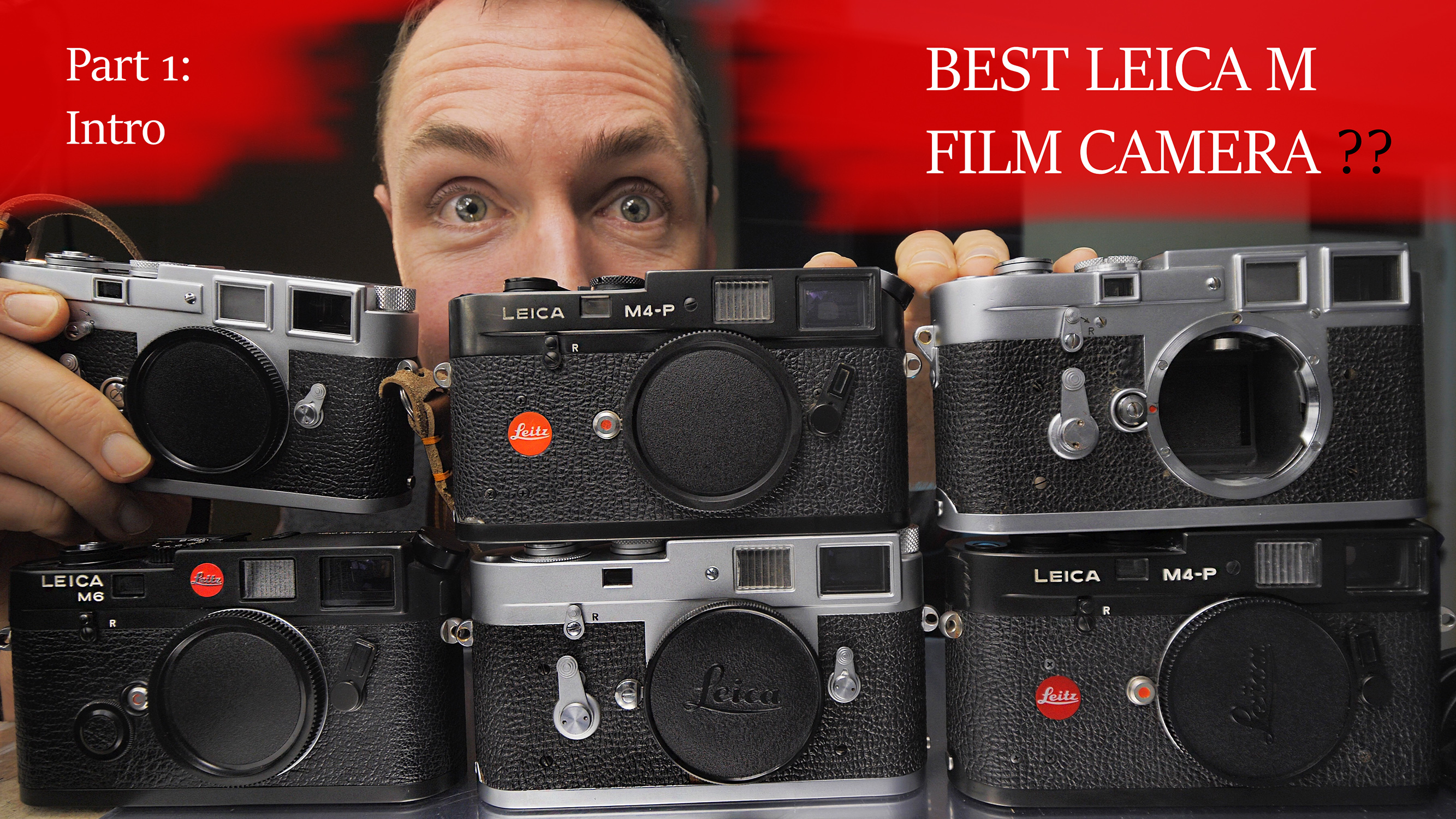

When he came home, Parfit developed his photographs and sorted them. He would wait for hours, reading a book, for the right sort of light and the right sort of weather.

(That's the kind of thing you can do when you're a fellow of All Souls.) Like me, he dislikes the harshness of the midday sun, so he'd wait for morning or evening light. Photograph: Henri Cartier-Bresson/Magnum PhotosĪccordingly, between 19, Parfit spent about five weeks each year in Venice and St Petersburg. There were only 10 things in the world he wanted to photograph, writes Macfarquhar, "and they're all buildings: the best buildings in Venice – Palladio's two churches, the Doge's Palace, the buildings along the Grand Canal – and the best buildings in St Petersburg, the Winter Palace and the General Staff Building". Unlike me, though, Parfit has specialised. Only the other day I was reading Larissa Macfarquhar's profile of Derek Parfit, the celebrated Oxford philosopher, who believes that most of the world looks better in reproduction than it does in life. If so, then I've had it for more than half a century. You can think about this obsessiveness, this quest for the one perfect picture, as a kind of illness. I like this last one particularly, because the lad in the photograph is about the same age as I was then and I often wonder if he's still around, and what he looks like now. Think, for example, of his famous picture of the guy leaping over a puddle or the one of the two stout couples enjoying a picnic on the banks of the Marne or his magical picture of a cheeky young boy carrying two bottles of red wine on the Rue Mouffetard in 1954. Like the images that Henri Cartier-Bresson captured, apparently effortlessly, in their thousands. In reality I'm merely an obsessive who takes lots of photographs in the hope that some day, just once, he will produce an image that is really, truly memorable. No, let me rephrase that: I would like to be a photographer.


 0 kommentar(er)
0 kommentar(er)
